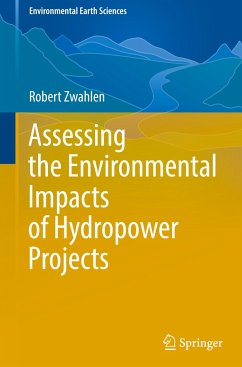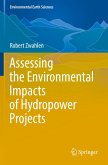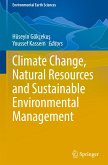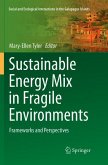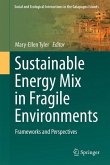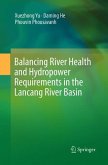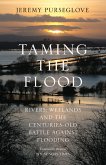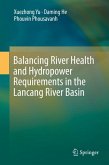This book describes the entire process of environmental impact assessment for hydropower and dam projects, not from a legal or regulatory point of view, but from a very applied one, based mainly on the personal experience of the author, who is involved in this field of work since over 40 years, by describing the different steps of such an assessment, covering all major aspects to be dealt with. The focus is on environmental issues, while the other main subject-social impacts-is mentioned here only briefly. It will be of interest not only for ESIA (Environmental and Social Impact Assessment) practitioners, be they consultants involved in the preparation of such studies or staff members of environmental protection agencies having to come to decisions based on them, but also for engineers and planners involved in such projects, developers, and people interested in questions related to energy, environment, and climate change. Overall, this book aims at contributing to put the discussionabout hydropower and dam projects on a more objective level.
Bitte wählen Sie Ihr Anliegen aus.
Rechnungen
Retourenschein anfordern
Bestellstatus
Storno

